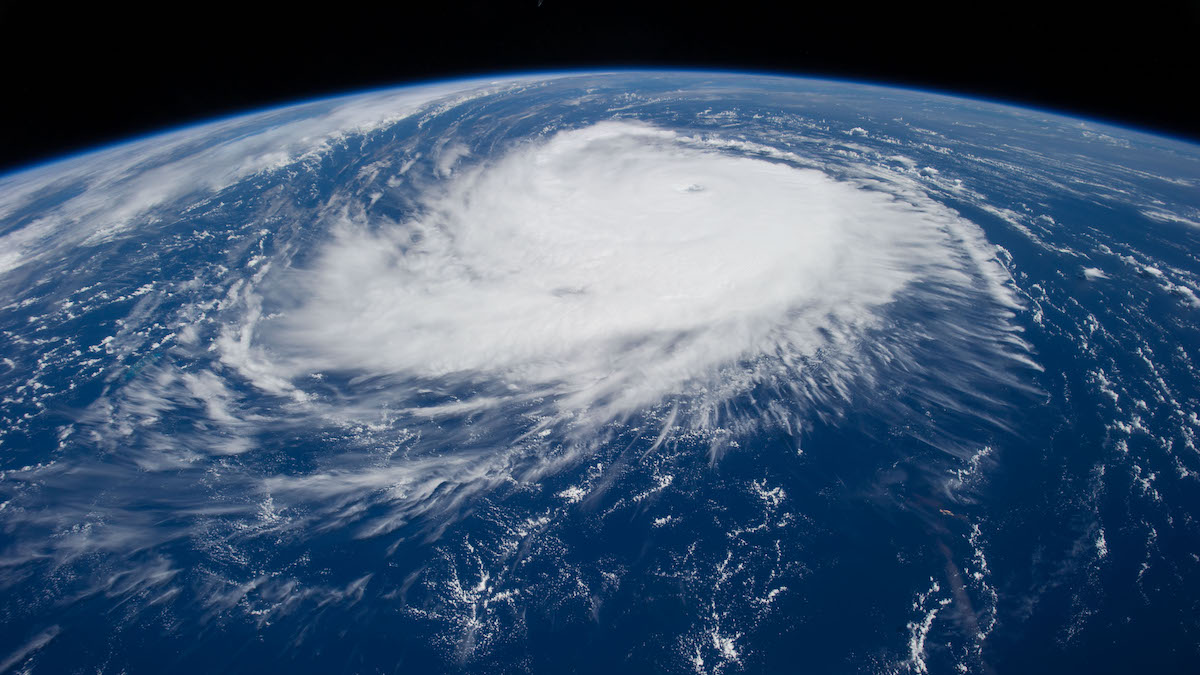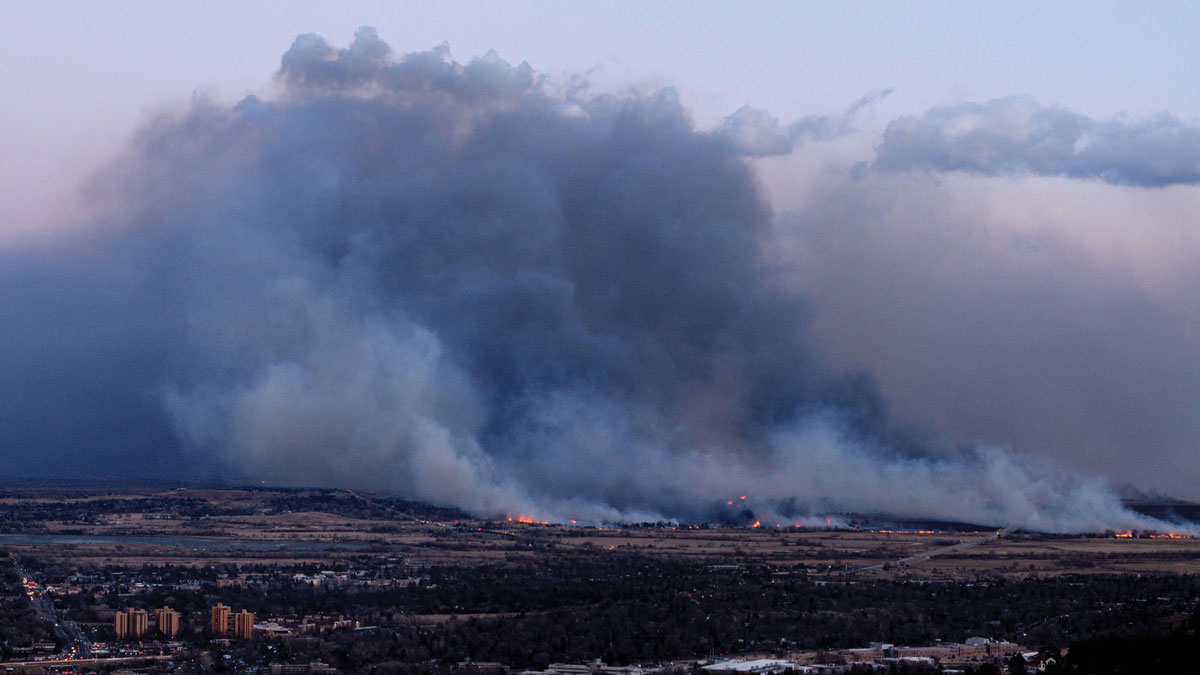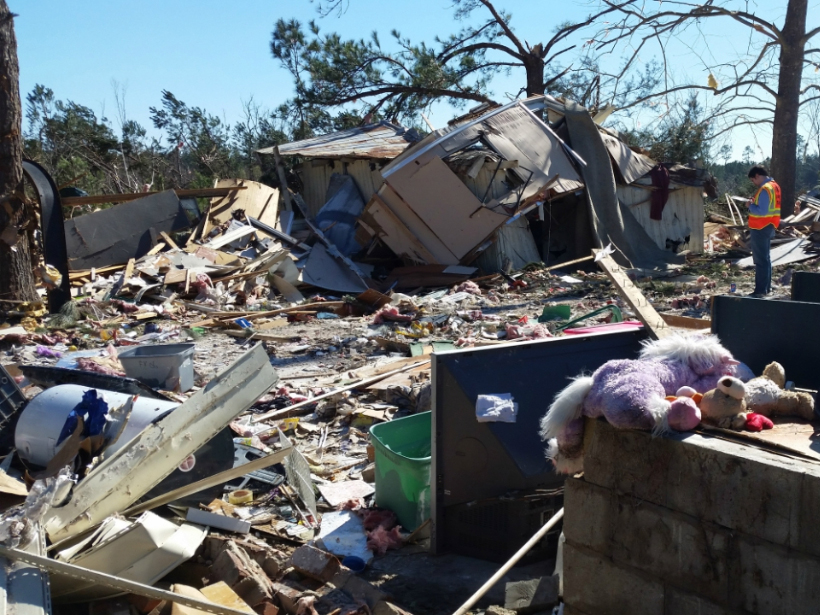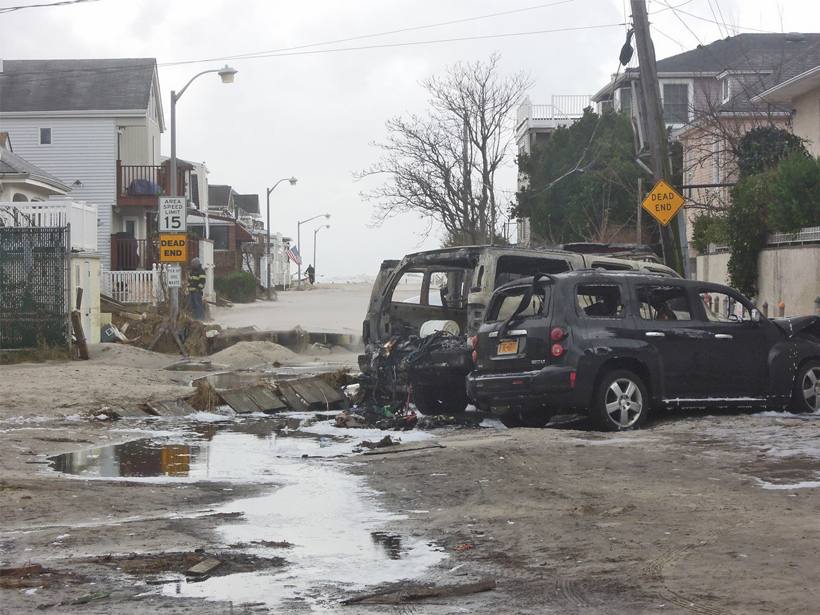A new NOAA report predicts an extraordinarily active Atlantic hurricane season spurred by record ocean temperatures and a shift to La Niña conditions.
risk perception
Perceiving Risk
“Risk” means different things to different people, and effective science communication must recognize and respect that.
When Fieldwork Comes Home
The impacts of the 2021 Marshall Fire rippled through a community of Colorado geoscientists, spurring them to action.
¿Qué tan peligroso es el volcán Popocatépetl? Depende a quién le preguntes
El estratovolcán en el centro de México presenta un interesante caso de estudio sobre la percepción del riesgo, la comunicación de la ciencia y la preparación en torno a los peligros naturales.
No Canadian Volcanoes Meet Monitoring Standards
A new analysis reveals serious monitoring gaps at even the highest-threat volcanoes.
GNS Science Landslide Planning Guidance
The Landslide Blog is written by Dave Petley, who is widely recognized as a world leader in the study and management of landslides. New Zealand is a country with a severe level of landslide hazard, resulting from a combination of the tectonic setting, the geology, the climate and the impact of human activities. It is […]
Rockfalls as a hazard to mountaineers in high mountain areas
The Landslide Blog is written by Dave Petley, who is widely recognized as a world leader in the study and management of landslides. Rockfalls are a key risk to climbers in high mountains, potentially causing injury or even loss of life. We regularly record such events in our fatal landslide research, although I have always […]
How Dangerous Is Mexico’s Popocatépetl? It Depends on Who You Ask
The stratovolcano in central Mexico presents a rich case study of risk perception, science communication, and preparedness surrounding natural hazards.
Tornado Warnings Don’t Adequately Prepare Mobile Home Residents
A survey of the southeastern United States shows that nearly half of mobile home residents don’t know where to shelter during a tornado, and many aren’t getting the resources they need to survive one.
Communicating Hurricane Risks: Challenges and Recommendations
NOAA/Sea Grant Coastal Storm Awareness Program (CSAP ) Final Workshop; Newark, New Jersey, 26–27 May 2015










